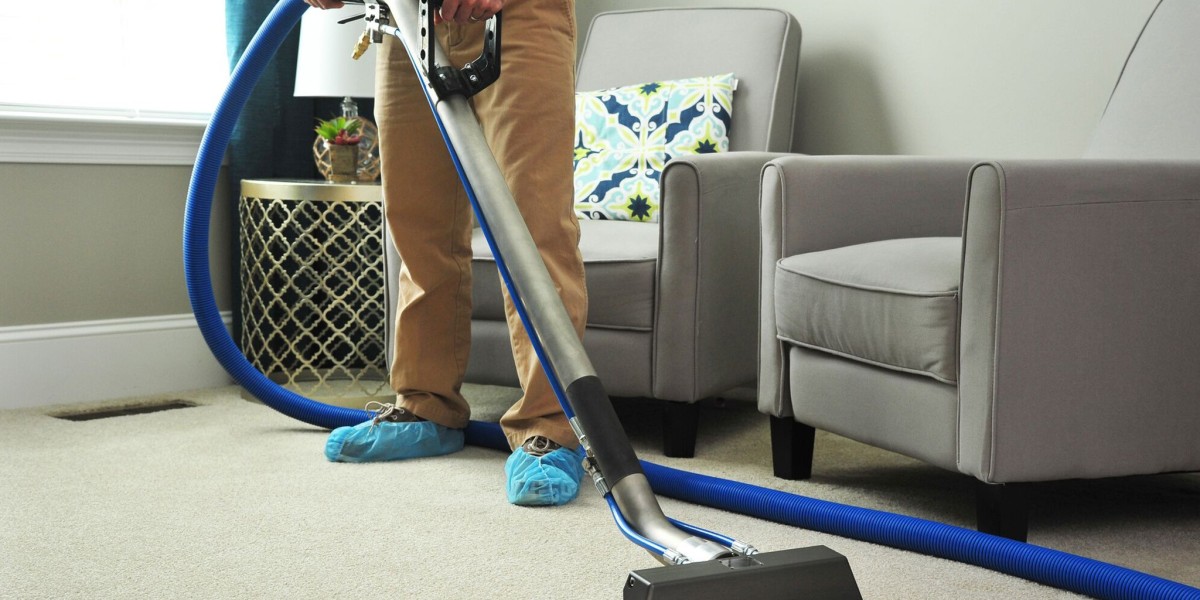Every workplace has its share of risks — some obvious, some hidden. From slippery floors and faulty equipment to overlooked safety protocols, hazards can take many forms. That’s where incident investigations come into play. But here's the twist: over time, even the most solid investigation procedures can grow stale. When that happens, the process becomes a tick-box exercise instead of a tool for meaningful change.
So how do you keep investigation procedures fresh and effective in the ever-changing landscape of workplace hazards? Whether you’re a safety officer, supervisor, or team leader, this guide will walk you through practical, human-friendly ways to make sure your approach to incident investigations evolves, stays relevant, and genuinely reduces risk.
Oh, and yes — keeping things updated doesn’t mean breaking the bank. In fact, many professionals balancing safety improvements also ask about managing training and certification costs like the NEBOSH Fee. After all, investing in the right knowledge is part of keeping investigations sharp.
Let’s dive in.
Why Investigation Procedures Go Stale
Before we get into the how, let’s talk about the why.
It Becomes a Routine
One of the biggest pitfalls is routine. When teams follow the same checklist again and again without reviewing or updating it, it can lead to tunnel vision. People start going through the motions, and critical details get missed.
No Feedback Loop
Another issue is the lack of a feedback loop. Investigations aren’t just about what went wrong; they’re about what can be improved. But if no one takes time to analyze what the process missed — or what it did right — nothing changes.
Ignoring New Hazards
Workplaces evolve. Maybe new machines were added. Or perhaps a process changed after COVID-19. If your investigation procedures haven’t caught up with these updates, you’re not looking at the full picture.
What "Fresh and Effective" Actually Means
It doesn’t mean adding more paperwork. It doesn’t mean holding longer meetings. It means:
- Asking smarter questions
- Using real data from past incidents
- Involving the right people
- Following up with meaningful actions
You want procedures that actually prevent repeat incidents, not just satisfy an audit.
The Human Element: A Real-Life Wakeup Call
Let me tell you a quick story.
At a large warehouse, an experienced forklift operator suffered a minor injury when his vehicle tipped slightly. An internal investigation was done — quickly. The checklist was followed. But something felt off.
A safety consultant was brought in. They asked a simple question: “Was the floor condition checked at the time of the incident?” It wasn’t. Turns out, the floor coating had recently been changed, making it slippery in humid weather.
That simple oversight was missing from the old procedure. It took one fresh pair of eyes to update the checklist — and potentially prevent future incidents.
Moral of the story? Never stop questioning your process.
Benefits of Keeping Investigation Procedures Updated
- Improved safety culture: Employees see that investigations are not just blame games, but real efforts to make the workplace safer.
- Faster incident response: A modern process means quicker root-cause analysis and action.
- More accurate reporting: Updated forms and tech tools help gather better information.
- Reduced incident frequency: When causes are truly understood, mistakes don’t repeat.
Common Signs Your Procedures Need a Makeover
- Investigations take too long or feel rushed.
- Reports always look the same — no new insights.
- Corrective actions are often repeated.
- New employees find the process confusing.
- There’s a rise in near-misses or repeat incidents.
If any of these sound familiar, it’s time to refresh.
Steps to Keep Investigation Procedures Effective
Step 1: Audit Your Current Process
Start by reviewing your existing procedures. Are they helping or just “filling the file”? Interview people who’ve used the system recently and identify what’s working and what’s not.
Step 2: Train Your Team Continuously
Ongoing training ensures your team knows how to respond. You don’t need to send everyone to an advanced seminar — even small sessions or online resources can work. If you're planning certification like NEBOSH, just remember to factor in budgeting elements like the NEBOSH Fee early on. Planning ahead reduces financial stress.
Step 3: Update Your Investigation Templates
Include space for:
- Environmental conditions (temperature, lighting)
- Equipment condition
- Supervisor on duty
- Recent changes in processes
Modernize your checklist with input from your frontline workers.
Step 4: Integrate Technology
Use mobile apps or software for real-time incident logging. This helps streamline reporting and makes it easier to analyze patterns later.
Step 5: Focus on Root Cause, Not Just Immediate Cause
Train your team to dig deeper. Ask "Why?" five times if needed. For example, if someone tripped, don’t stop at “wet floor.” Ask why the floor was wet. Why wasn’t there a warning sign? Why wasn't the leak fixed?
Step 6: Involve Everyone — Especially Witnesses
Involve both workers and supervisors. Witnesses can offer critical insight that a checklist can’t. Encourage open communication during the process.
Step 7: Assign and Track Corrective Actions
It’s not enough to recommend a fix — make sure someone’s responsible for it. Set deadlines and follow up. Use a shared tracking system so everyone stays informed.
Step 8: Review and Refine Regularly
Set a schedule to revisit your investigation process — at least quarterly. Review case studies, gather feedback, and update procedures accordingly.
Beyond the Basics: Making it a Habit
Want to really embed a culture of proactive investigation? Try this:
- Include investigation refreshers in toolbox talks.
- Share success stories from past investigations.
- Celebrate near-miss reporting to show it’s about prevention, not punishment.
- Reward teams who actively contribute to improving the process.
These small changes make a big difference.
Investing in Better Outcomes
Many organizations also invest in professional safety training programs like NEBOSH to equip their teams with investigation skills. Of course, cost is always a consideration, and that’s where understanding the full NEBOSH Fee structure becomes important. It’s not just about paying for a course — it’s about the long-term value of safer operations, fewer injuries, and more confident teams.
Read more about NEBOSH Fees and how to plan your training investment wisely.
Final Thoughts
In a nutshell, keeping investigation procedures fresh and effective isn’t just a safety buzzword — it’s a necessity. As the workplace changes, so should your approach to uncovering and solving safety issues.
Think of your investigation process like a living document, not a dusty binder. With regular reviews, the right training, smarter tools, and feedback from your team, you’ll turn it into a proactive safety strategy that truly makes a difference.
Start today. Question your checklist. Talk to your team. And never stop improving.
After all, the cost of an outdated process is far more than the cost of upgrading it.













